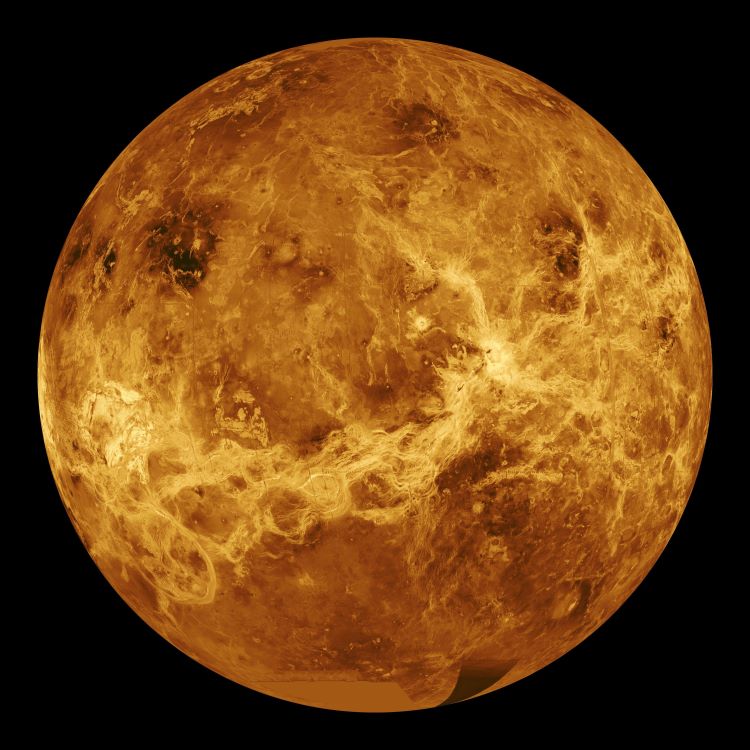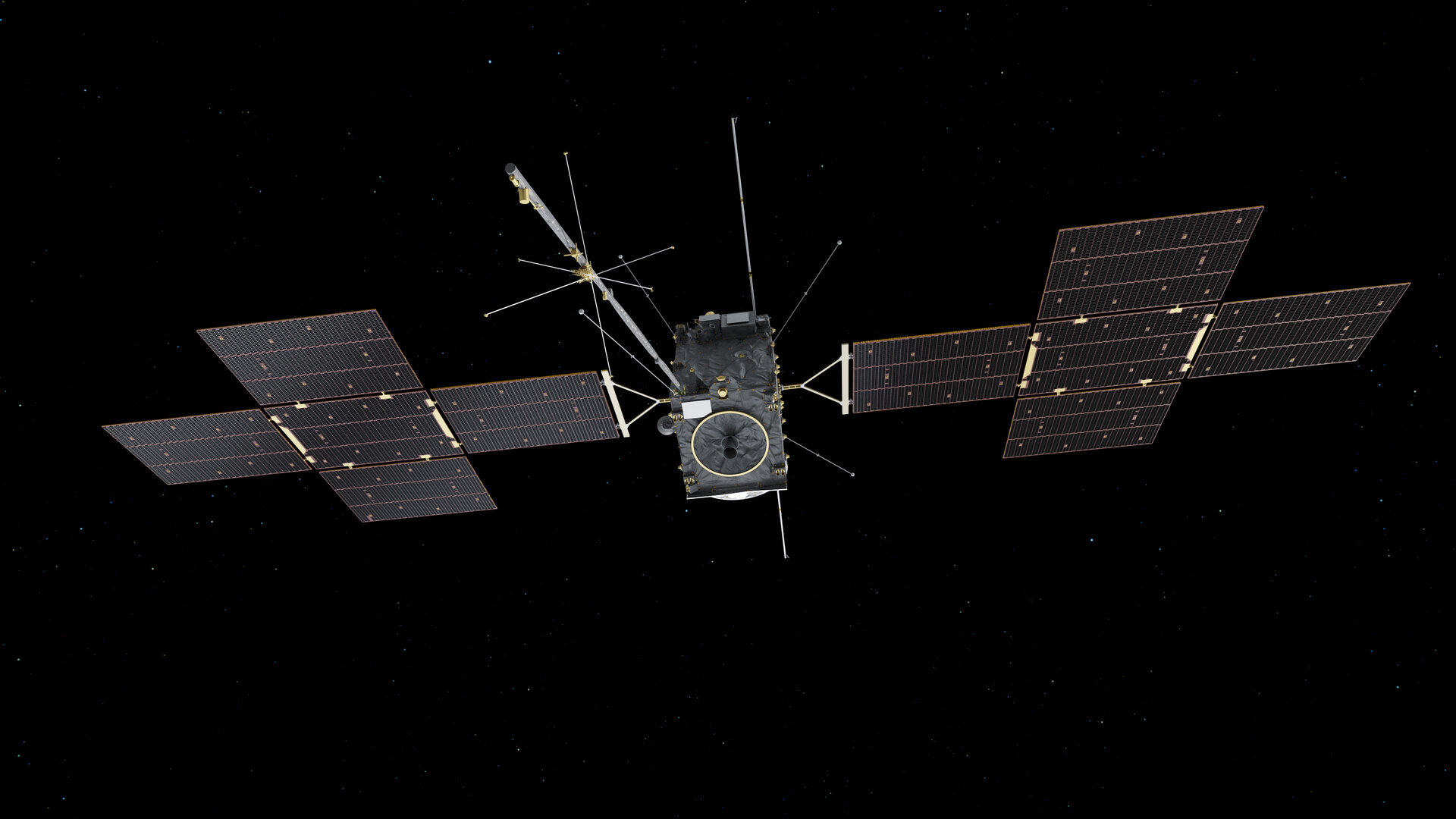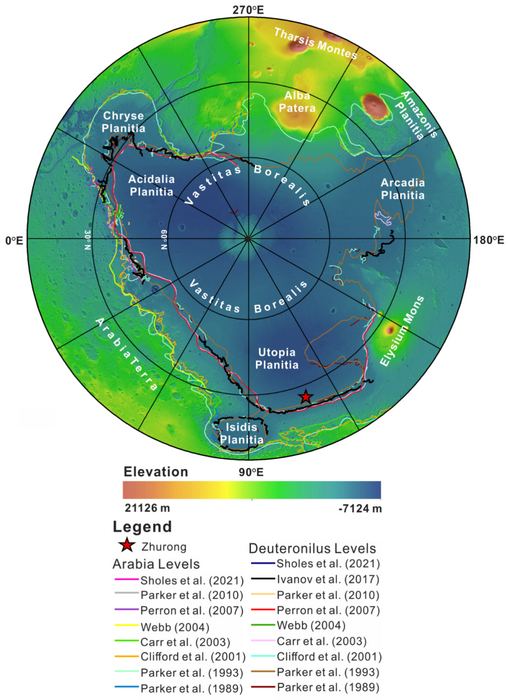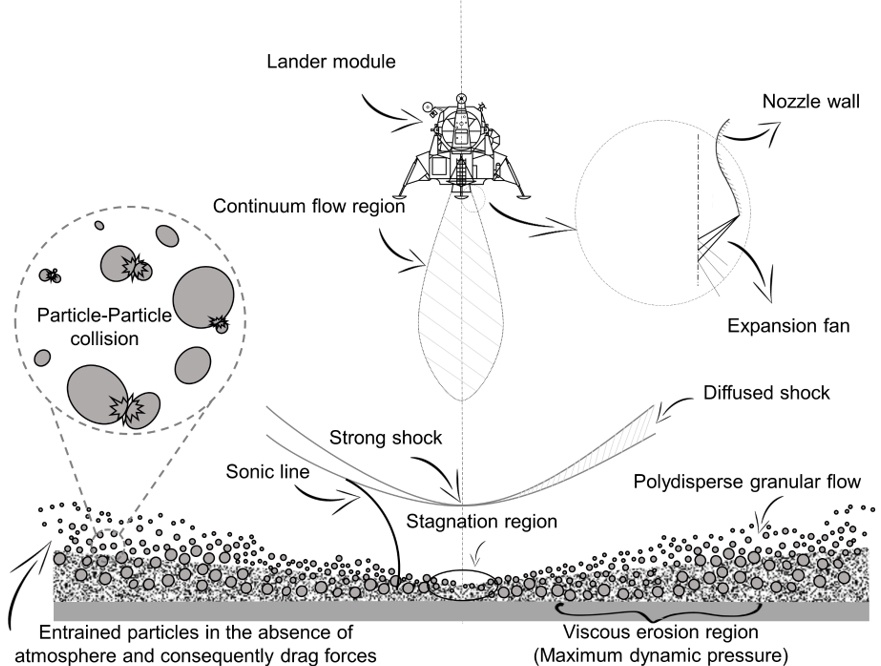While Jupiter’s Great Red Spot is one of the most well-known spectacles in the solar system, Jupiter’s clouds and stripes that are responsible for the planet’s weather patterns are highly regarded, as well. Though not nearly as visible in an amateur astronomy telescope, Jupiter’s multicolored, rotating, and swirling cloud stripes are a sight to behold for any astronomy fan when seen in up-close images. And, what makes these stripes unique is they have been observed to change color from time to time, but the question of what causes this color change to occur has remained elusive.
Continue reading “Jupiter’s “Stripes” Change Color. Now We Might Know Why”Jupiter’s “Stripes” Change Color. Now We Might Know Why










